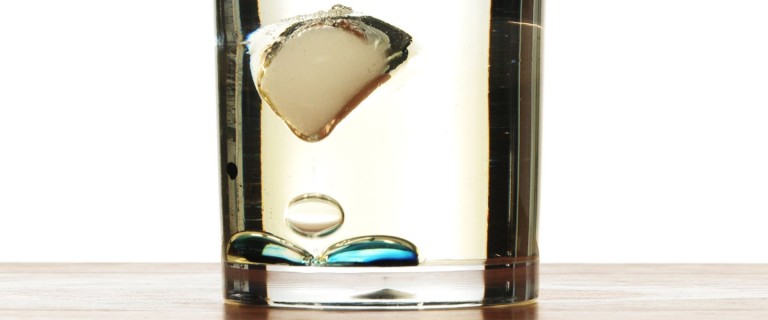3D Middle School Physical Science Lesson
MS PS1-4: Develop a model that predicts and describes changes in particle motion, temperature, and state of a pure substance when thermal energy is added or removed.
Clarification Statement: Emphasis is on qualitative molecular-level models of solids, liquids, and gases to show that adding or removing thermal energy increases or decreases kinetic energy of the particles until a change of state occurs. Examples of models could include drawing and diagrams. Examples of particles could include molecules or inert atoms. Examples of pure substances could include water, carbon dioxide, and helium.
Phenomenon:
What happens when you add an ice cube to a cylinder filled with oil?
 |
| Photo from Steve Spangler Science |
Students can use the Systems & Models graphic organizer to begin developing a model of the phenomenon, and whiteboards later on to build a group consensus model.
| Link to full set of Crosscutting Concepts Graphic Organizers |
3-dimensional lesson plan for this phenomenon:
 |
| Link to lesson file with blank template |
Modeling the phenomenon:
The most important facet of this lesson is the development of student models to diagram and explain the phenomenon. The demonstration sets the stage for student understanding; it's important for the teacher to equip students with the opportunity to ask questions to reveal new layers of understanding of the phenomenon. Through group collaboration, class discussion, and individual reflection, students have an opportunity to continually revise their understanding. Class discussion, led by the teacher, is critical so that key vocabulary and concepts are connected to student understanding and represented in the consensus model. Teachers need to be equipped to guide students through any typical misconceptions during the discussion phase.
Want more information about modeling instruction?
Here's a synopsis from the American Modeling Teachers Association.


This comment has been removed by a blog administrator.
ReplyDelete